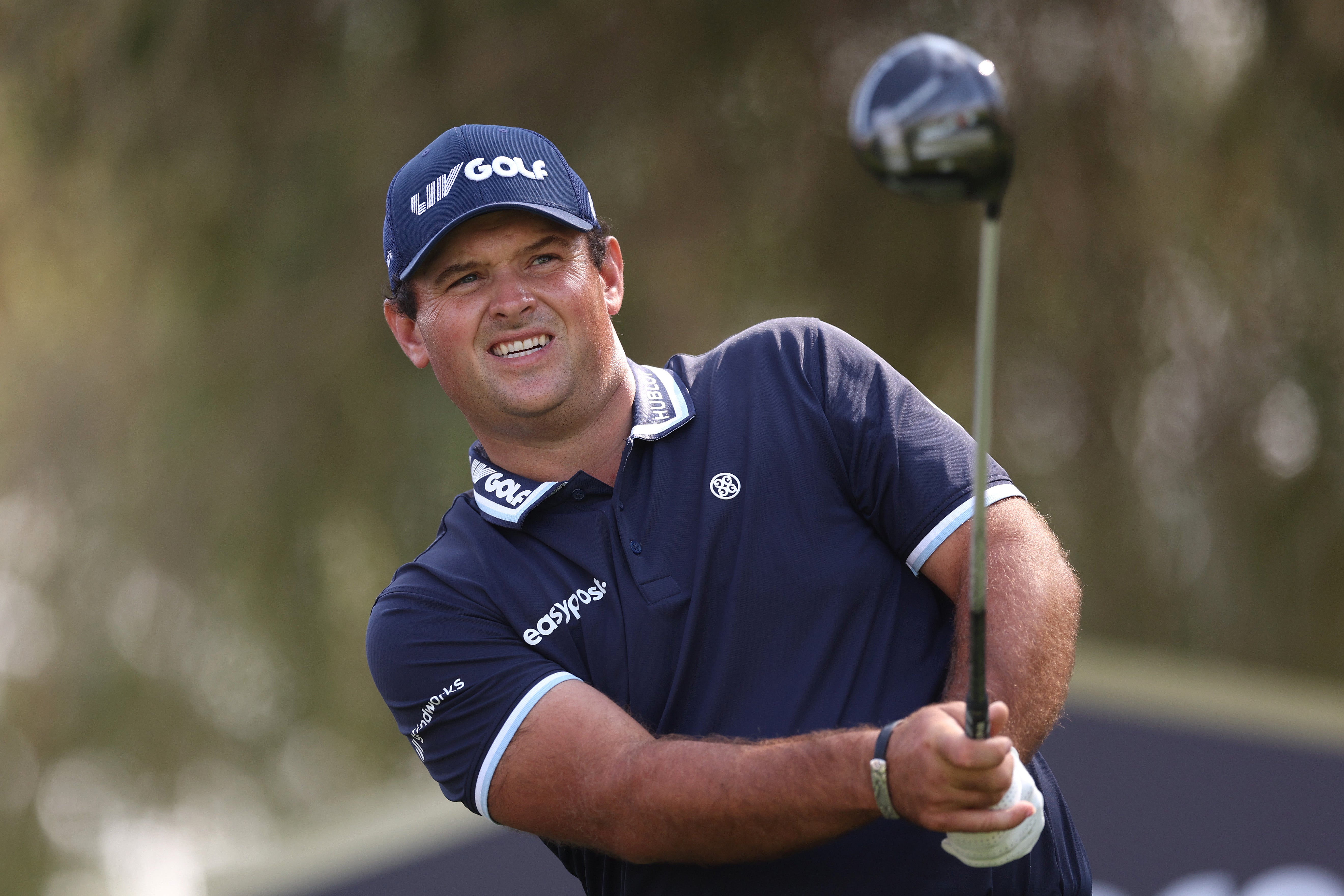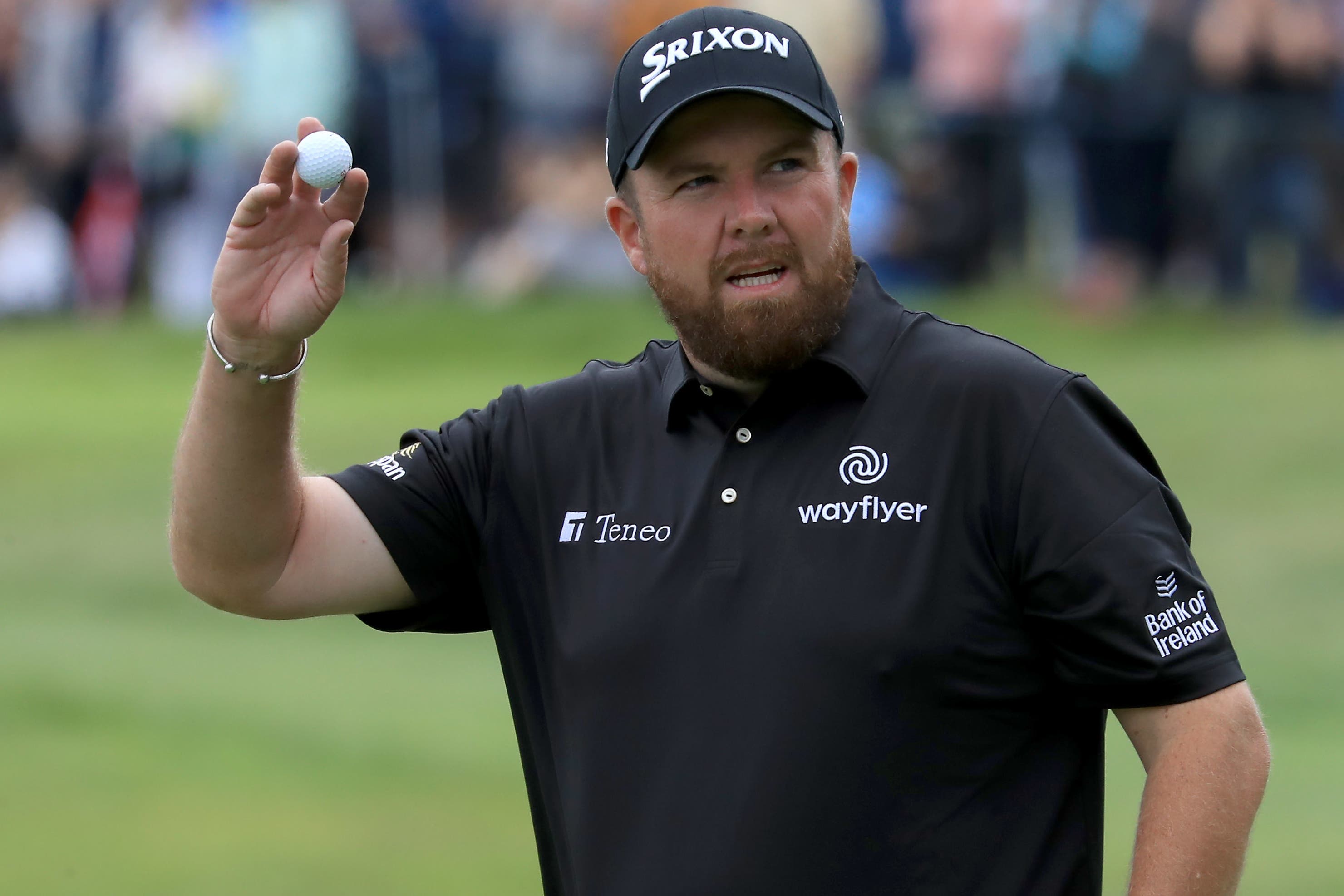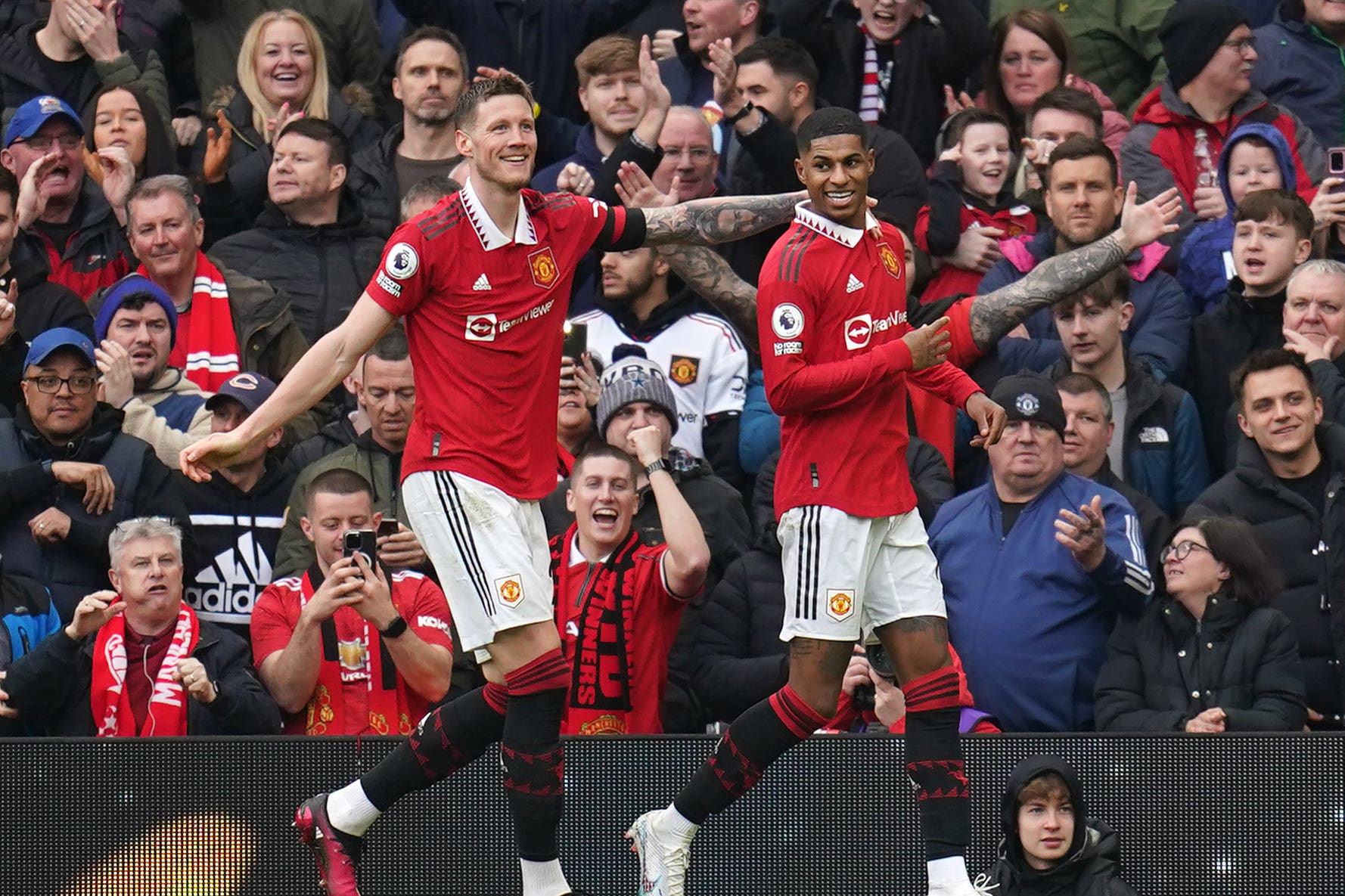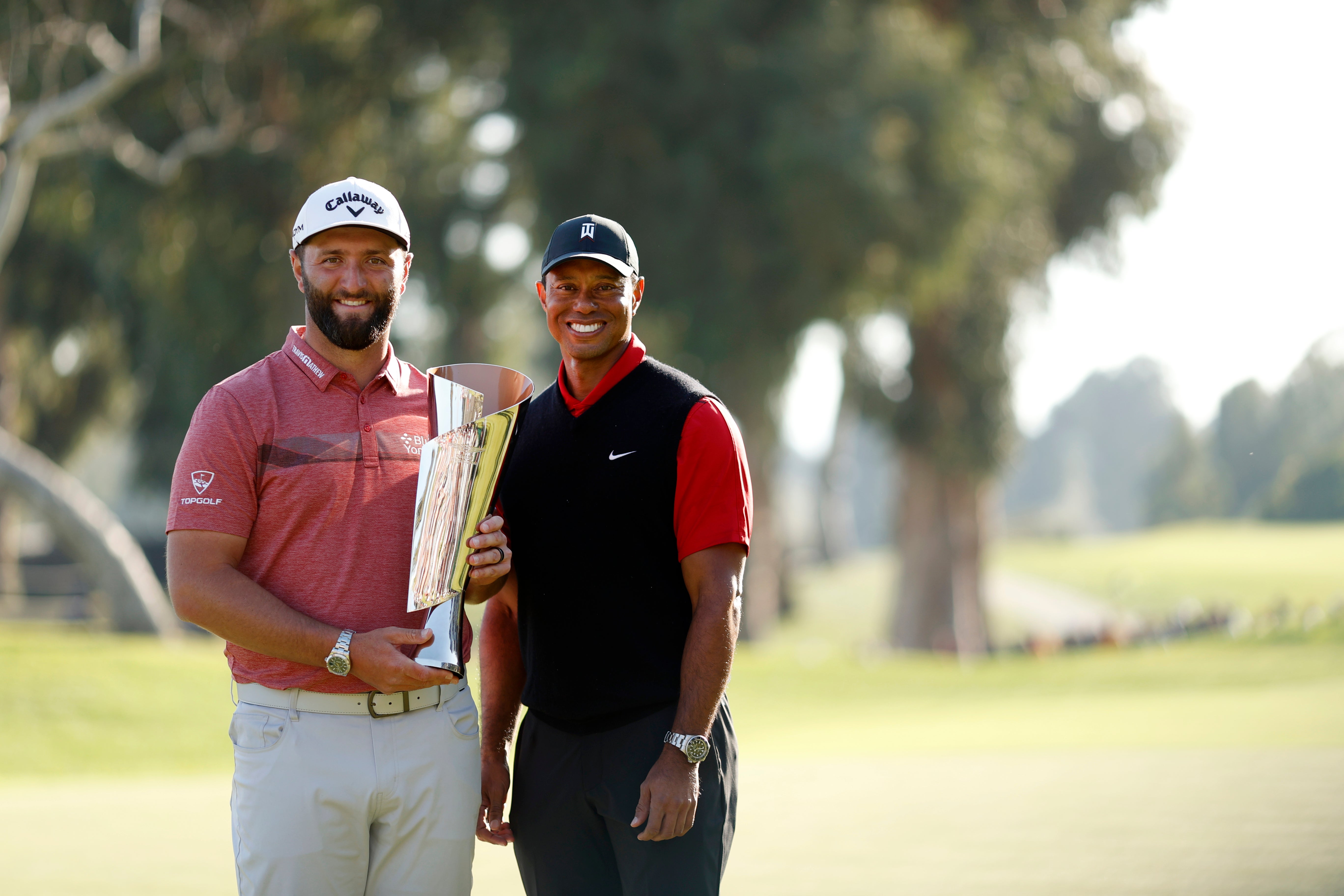
Sign up to our free sport newsletter for all the latest news on everything from cycling to boxing
Sign up to our free sport email for all the latest news
Thanks for signing up to the
Sport email
Second-season syndrome is a well-established concept within Premier League football. Clubs promoted from the Championship often thrive off their underdog mentality and upset the odds in their first top-flight season, only to fail to replicate it the following year.
Sheffield United’s innovative style saw them finish just five points off European football in the 2019/20 season but after the worst start in English top-flight history the next campaign, they were rooted to the bottom of the table and relegated.
While LIV Golf may not be studying the unravelling of Chris Wilder’s side, they will be grappling with a similar notion when their second season commences in Mexico on Friday.
For better or for worse the Saudi-funded breakaway league is now an accepted part of golf’s ecosystem. The initial controversy and opposition by many in the game has given way to general apathy – we’ll do our thing, you do yours.
Last season thrived off that controversy- the brash marketing of CEO Greg Norman, the Donald Trump appearances and talk of golf’s great civil war. This year, in the absence of such marked hostility, the product must now stand on its own two feet and the golf must do the talking.
Recommended



One of LIV’s biggest pulling powers has been the vast swathes of money it has been able to offer to attract golfers to join. Backed by the Public Investment Fund (PIF) – Saudi Arabia’s sovereign wealth fund – they burnt through $2 billion last year alone.
Six-time major champion Phil Mickelson, former world No 1 Dustin Johnson and current Open champion Cameron Smith were handsomely rewarded for committing to LIV Golf in 2022. This year the off-season recruitment drive has stalled somewhat.
In November, Norman said LIV was targeting seven of the world’s top 20 golfers for their 2023 season. Rumours were aplenty that American Ryder Cup stars Xander Schauffele and Patrick Cantlay would be snapped up. Neither materialised.

Cameron Smith and Dustin Johnson celebrate victory at last season’s Team Championship
Their biggest coup – if it can be labelled as such – is world number 34 Thomas Pieters. The 31-year-old Belgian is a six-time DP World Tour winner but feels more of a loss to Europe’s Ryder Cup team than he is necessarily a gain to LIV’s brand.
South Americans Mito Pereira and Sebastian Munoz and South African Dean Burmester were also recruited, with PGA Tour veterans Brendan Steele and Danny Lee completing their new signings. All are perfectly sound tour professionals, none perhaps the needle movers that LIV would have hoped for ahead of their crucial second year.
With the lack of marquee signings needed to generate hype and enthusiasm, will enough people care to tune in? There are well-documented ulterior sportswashing motives behind the Saudi-backed project, but senior officials within the organisation have also been outright in their ambition to turn this into a profit-making business.
That profit, LIV will hope, will come from the teams. Johnson’s long-standing apparel partnership with Adidas was recently terminated and early signs from Mexico indicate the league will lean heavily into the team aspect with matching uniforms and branded bags. The hope will be to turn these teams into ‘franchises’ which attract team-wide sponsors, fans and eventually third-party investment.
On the course, the team concept does offer some interest. The final event of last year, which saw the 4 Aces secure a final-hole triumph, demonstrated that. The Ryder Cup has shown the viability of a team golfing product in a one-off event but a team-led format for the whole year requires a complete re-imagining and re-packaging of the sport. The concept was novel last year and not to everyone’s taste but for LIV to succeed financially the concept has to work.

Smith’s signing was a boost to LIV but they have failed to attract further stars ahead of the new season
The off-season has also seen the league sign a network deal in the United States with the CW Network. The deal will give them mainstream exposure – the channel is found in 100 million US homes – but may hamper their worldwide appeal.
Last season’s events were live streamed on YouTube and whilst that might not target golf’s traditionally older viewers, it made their product easily accessible around the world. More television deals have been promised, but other channels have been reluctant to pick up the rights.
Recommended



It all amounts to more questions than answers; while court cases see LIV’s golfers continue to tumble down the world rankings, and as moral objections about the source of the funding linger uneasily – it’s difficult to know what has changed.
The PGA Tour has been boosted by high-octane events and the return of Tiger Woods to start the year. As LIV’s second season kicks off, they must now make their pitch for relevancy in golf’s crowded marketplace. Should they fail, it’s hard to know where they stand.
Source: Read Full Article
